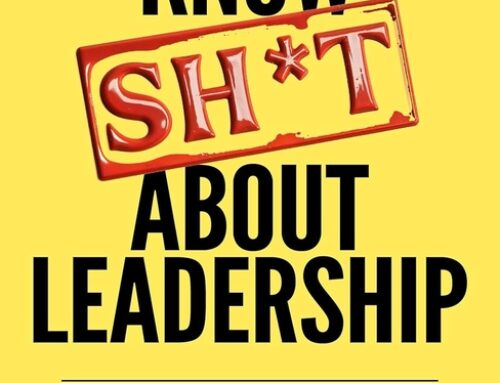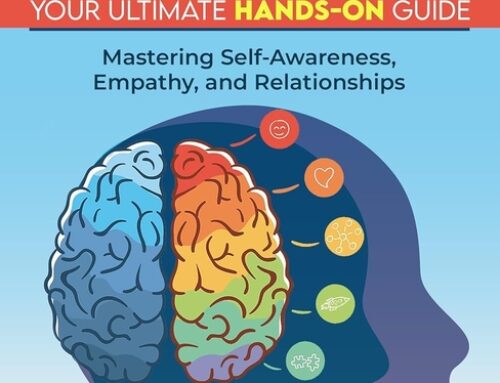★★★½ 
A manual for business ownership, Baby Boomer Entrepreneur: Implementing the Boomer Business Success System® targets those who because of when they were born (1946-1964) have challenges to overcome and skills to utilize in the pursuit of financial security. Outlining ways that boomers can start a new business late in life, D’Aversa also focuses on more personal issues, such as finding your life’s purpose, and applying that to your business. He’s an enthusiastic guide that should help nervous boomers find more financial independence.
A large portion of America’s wealth is held by boomers – persons who may be too young to retire but may be caught in the economic downturn that favors younger workers. Thus they are a group ripe for the development of their own businesses using their already honed work skills. Author D’Aversa presents his material in a manner meant to inspire as well as inform. He frankly warns that owning and operating a business is not for everyone. He therefore begins by offering exercises and checklists to determine one’s abilities, spark one’s enthusiasm, and further one’s ambitions.
Each chapter is accompanied by lined pages for notes, and many charts offered are for reader fill-in. Establishing that opening a business requires a calm, resolved state of mind, the author suggests practices such as relaxation breathing, meditation, and communing with nature, which gives his book a unique perspective not always find in how-to business books. He emphasizes, for example, the importance of love and happiness for the potential entrepreneur.
Once ready to tackle the nuts and bolts of business, the reader is given materials for writing a business plan. D’Aversa’s model plan includes growth trends, targeted markets, the entrepreneur’s unique education and experience, and absolutes for any business—licenses, permits, insurance, accounting, and legal advice. There is a blank fill-in plan for the reader’s convenience, which should help readers put D’Aversa’s advice into action.
D’Aversa has clearly demonstrated zeal for promoting entrepreneurship and has taken care to organize his materials to serve as an interactive manual or, possibly, a training tool for his seminars. At times his grammar and syntax are awkward, though the meaning can usually be gleaned despite this deficit. His advertising media suggestions – Facebook, Twitter, Google, Wikipedia, etc. – are fairly old hat, and this material should be brought up to date.
There is also a fair bit of the author selling himself. He’s certainly expert at practicing what he preaches, as the book itself is an example of the person-to-person selling he writes about as crucial to a new business. Overall, the tone of the book, and especially its marketing materials, veers too much to “get rich quick” language. He is careful to acknowledge that this entire process is difficult, but there is a salesy tone to the book on the whole – which is to say his recommendations may be best suited for those who are comfortable with more hard-sell tactics.
Nonetheless, a reader who carefully follows D’Aversa’s business design and set-up recommendations, bolstered by the personal analyses the author suggests, will have a good idea how to start a profitable later-life career.
Links
Author Site
Amazon
Star Rating
Design
Editing
Content
Get an Editorial Review | Get Amazon Sales & Reviews | Get Edited | Get Beta Readers | Enter the SPR Book Awards | Other Marketing Services






















Leave A Comment